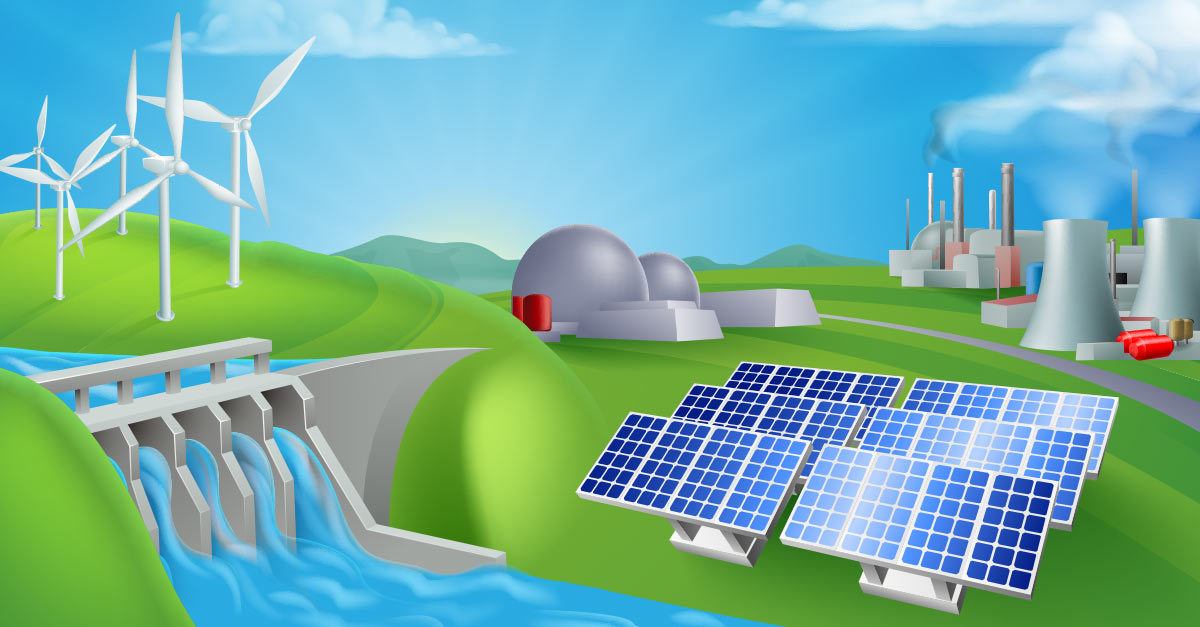Members of the cleaning industry, as well as building owners and managers, frequently ask me if the green cleaning and sustainability initiatives will weaken or be dismantled in the next few years. My answer to these questions is no. It’s a journey that will not slow or stop, but likely even gather speed in years to come.
For evidence I point to the chain of events set off when President Donald Trump announced he was pulling the United States out of the Paris Climate Accord. Shortly after the announcement, 25 multinational companies, including Apple, Facebook, Ingersoll Rand, Intel, and Microsoft ran a full-page ad in the Wall Street Journal asking Trump to sign the agreement. Three key states—New York, Washington, and California—representing a third of the U.S. population and nearly a third of our gross domestic product, announced the formation of the U.S. Climate Alliance.
Let’s look at other events that happened in 2017 that will likely influence sustainability in 2018.
A Focus on Climate Change
The connection between weather and climate change was especially vivid in 2017 when unusually warm oceans increased the strength of hurricanes. Hurricane Harvey was one of the most powerful weather events ever to hit an American city. Hurricane Irma devastated entire islands in the Caribbean and Hurricane Maria damaged Puerto Rico so severely that as of January 2018, only about 50 percent of the power had been restored to the island.
Unfortunately, we can expect more storms like this in the future due to climate change.
The Reckoning of the Investors
As the U.S. Environmental Protection Agency is loosening its grip, Wall Street investors are going in a different direction. In his annual message to Standard & Poor’s 500 index CEOs, Larry Fink, head of BlackRock, wrote that CEOs must put more focus on “climate risk.” Fink was joined by the CEOs of Occidental Petroleum and ExxonMobil as he urged CEOs to become more focused on sustainability and climate change.
U.S. corporations know climate change may cause serious disruptions that will negatively impact their businesses, and they want to do what they can now to prevent it.
China Announces Changes
At the beginning of 2017, China declared it would spend $360 billion on renewable energy development by 2020. Later last year, it canceled plans to build 100 coal-fired power plants and committed to reduce the amount of coal used in the country by 30 percent. Also, the world auto industry is now following China’s direction and developing electric cars. These steps have made China the world leader when it comes to addressing climate change and sustainability.
The March of Renewables
Last year Morgan Stanley predicted that by 2020 renewable energy sources will be the least costly energy source in most parts of the world. One of the key reasons industry has increasingly embraced sustainability is that industry leaders now see it as a cost savings. It will no longer matter if doors have opened for coal mining in the United States or oil drilling in the oceans. If renewables are less costly, that’s where the money—and industry—will go. We can expect renewable energy to play a far larger role in powering the United States and the world very soon.
The direction is clear. Beginning this year and in years to come, steps to promote sustainability, protect our environment, and help slow climate change will become major driving forces for countries and businesses around the globe.




